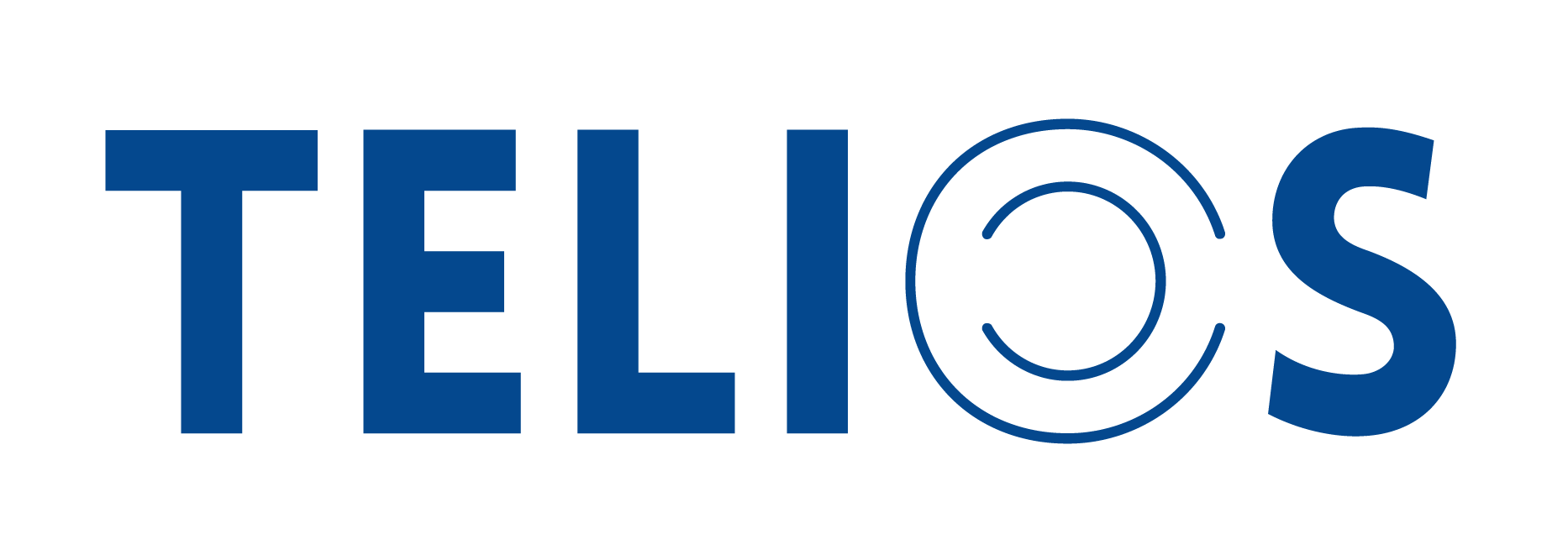
Teenage girl using laptop (c) PictureYouth. Some right reserved. Original here
In the second of a series on e-safety, this blogs continues the theme of e-safety policy and leadership. An e-safe school has clear and comprehensive policies which are understood and owned by all stakeholders. Consider the aspects below and don’t forget part 1 of this series which also covers aspects of e-safety leadership and policy.
Self-evaluation
In an e-safe school, evaluation of e-safety is integrated into the schools wider self-evaluation processes, rather than being a separate exercise. Team/department reviews, and student, parent/carer surveys are all used to help identify strengths, weaknesses and areas for development. Ideally, the school will use a recognised self-review tool such as the ICT Self-Review framework to assist in this process.
Whole school
As with self-evaluation, e-safety policy should not be in a world of its own but should have clear and consistent links with other whole-school policies such as behaviour management, anti-bullying, PHSE, Child Protection / Safeguarding and ICT policies.
Sanctions
I am sure all schools have sanctions in place for the misuse of ICT but this is only the start. Are they clear and understood by all? Are they linked to the acceptable/responsible use agreement? Are they effective? Are they in line with the general behaviour management policy? And do users understand they can be applied to e-safety incidents that take place out of school, if they are related to school (e.g. cyber bullying).
Reporting
In an e-safe school users understand their responsibilities to report e-safety concerns and incidents. There is a clear system for reporting abuse which staff and students understand, and processes are followed rigorously. Users are confident that issues they raise will be dealt with effectively. And the school actively seeks support from the local authority and broadband supplier in dealing with e-safety issues.
Mobile devices
Many schools (including my own children’s school) impose a complete ban on personal mobile phones. I have some sympathy with this approach, having experienced first-hand some of the issues that can arise from the misuse of mobiles. But I believe such a policy is both short-sighted and unenforceable. An e-safe school understands the educational potential of personal mobile devices and is at least considering how to these may be safely included into the learning process. Whatever the overall policy, it must be clearly defined, and users should understand the risks in using these devices and be equipped with strategies to be responsible users, both inside and outside school.
Social media
An effective e-safety policy will cover the use of communication technologies such as email, chat, social networking, instant messaging and video conferencing. As with mobile devices, the school will realise the educational potential of such social media and be investigating how to use these to support learning and engage with parents. And again, users should understand the risks in using these applications and be equipped with strategies to stay safe and be responsible users, both inside and outside school.
Digital and video images
This area has data protection aspects as well as e-safety. An e-safe school has clearly understood and accepted policies and AUPs relating to the use and publication of digital and video images. Parental consent has been obtained for the use of digital images, and staff are aware of the policy and where consent has been recorded. Similar permission is obtained from older secondary age students, reflecting their personal rights. Staff and students understand the risks in taking, using, sharing, publishing and distributing their own and others’ images. And digital images are always stored securely and disposed of appropriately.
Public online communications
An e-safe school uses a variety of electronic media e.g. website, learning platform, newsletters, social media etc. to provide information to the public, to engage with parents, and to celebrate success. The school models good practise in the use of such media and ensures there is no risk to members of the school community.
Professional standards
An e-safe school has thought about the use of new technologies for communication between staff and other members of the school and wider community, and policies have been developed to cover this. Staff follow the relevant professional Standards for Teachers guidance. Official school systems (e.g. VLE, email, etc.) are used to communicate with young people, parents / carers and members of the community, and all such communications are professional in nature
Want to know more?
I based this blog on official guidance on obtaining the e-safety mark. Check out www.360safe.org.uk for more detailed information.
The UK Safer Internet Centre at www.saferinternet.org.uk is a great place to find more information and resources.
Do you want help to develop e-safety policy, deliver training, or support in getting the e-safety mark? Get in touch with me here and I’ll contact you to discuss how I can help.
